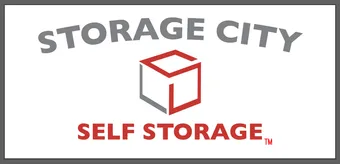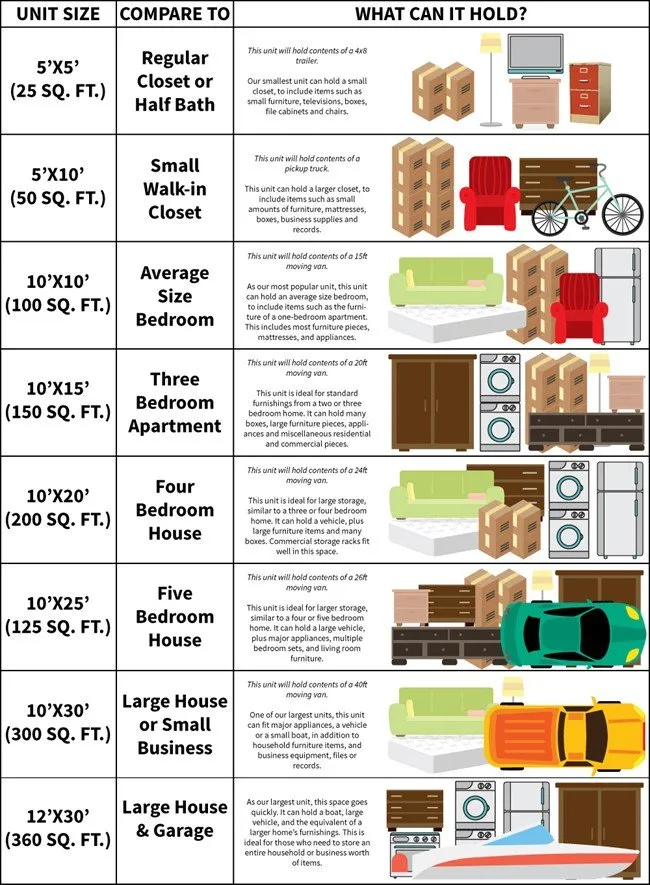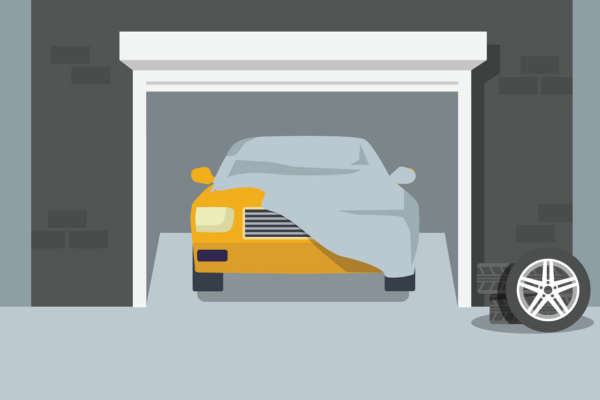If you don’t plan on using your vehicle for a month or longer, storing it in an indoor facility is the best course of action. However, there are some critical steps you should take before you store your ride that will ensure that it is ready to hit the road once you need it again. Here are some helpful do’s and don’ts for storing your vehicle long term:
Do’s:
- Clean Your Vehicle Thoroughly.
This includes washing the exterior to remove dirt, grime, and bird droppings that can damage the paint over time. Make sure to also vacuum the interior and clean up all trash and spills to prevent mold, mildew, and pests.
- Change the Oil and Filter.
Fresh oil ensures that your engine remains protected while in storage, as old oil can contain contaminants that could damage the engine.
- Add an Oil/Fluid Spill Mat.
Place an oil spill/fluid spill mat under the engine in case of leaking fluids.
- Close Off Entry Points.
Be sure to seal off any entry points, including the exhaust and air intakes. Steel wool and dryer sheets are inexpensive and effective deterrents. Placing them in entry points and around the vehicle will deter pests from considering your vehicle for their winter home.
- Fill the Gas Tank.
A partially full gas tank allows moisture to accumulate inside the tank and leads to rust. Before storing, fill up the tank and add a fuel stabilizer to keep the fuel from degrading.
- Inflate Tires.
Properly inflated tires help to keep your tires in good condition, so check the air pressure off all tires and inflate to the recommended pressure. Try to check the tire pressure periodically to keep them properly inflated during the duration of storage.
- Disconnect the Battery.
Prevent battery drain by disconnecting the negative battery terminal in your vehicle. For very long storage periods, consider removing the battery completely and storing it in a cool, dry place.
- Use a Cover.
Use a cover made with breathable fabric to prevent moisture build up and protect your vehicle from dust and debris.
- Start the Engine Occasionally.
If possible, start your vehicle every few weeks and let it run for a few minutes to keep the engine and other components lubricated.
- Check Your Insurance Coverage.
Ensure your auto insurance covers long-term storage, as some policies may require adjustments for storage periods.
Don’ts:
- Leave the Parking Brake Engaged.
While it may be second nature to make sure your vehicle’s parking brake is on after you park, you don’t want to leave it engaged for long periods of time. Leaving the parking brake on for an extended period can cause the brake to corrode and attach to the rotors. Instead, use wheel chocks to prevent your vehicle from rolling or being pushed out of position.
- Ignore Fluid Levels.
Check and top off all fluids, including coolant, brake fluid, and windshield washer fluid to prevent drying and cracking of seals.
- Leave the Wiper Blades on the Windshield.
This is a small detail that is easy to overlook, but keeping the blades against the windshield can lead to sticking and deterioration.
- Skip Advice from a Professional.
If in doubt, don’t hesitate to seek advice from a trusted auto mechanic or your vehicle’s manufacturer regarding specifics related to your vehicle model.
By following these tips, you can ensure that storing your vehicle long term doesn’t result in damage. Taking the time to prepare your vehicle properly will save you from costly repairs and headaches when it’s time to put your vehicle back into use.
Looking for clean, secure storage for your vehicle, RV, or boat? Look no further than Storage City! We offer self-storage units for rent in Rapid City and Box Elder that are fenced in and secured by a gate with code-entry access. Call us at 605-394-9442 today to rent your unit!


